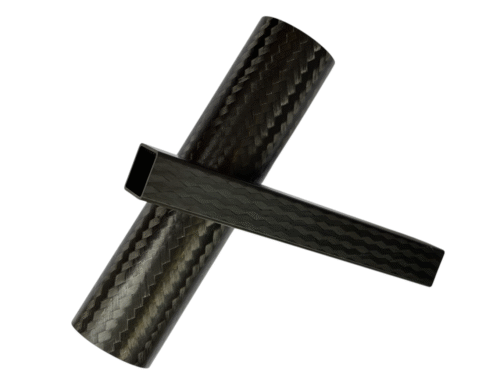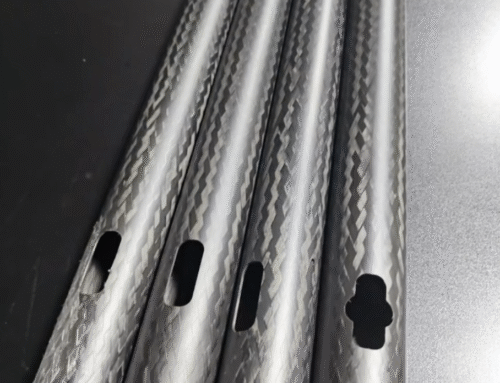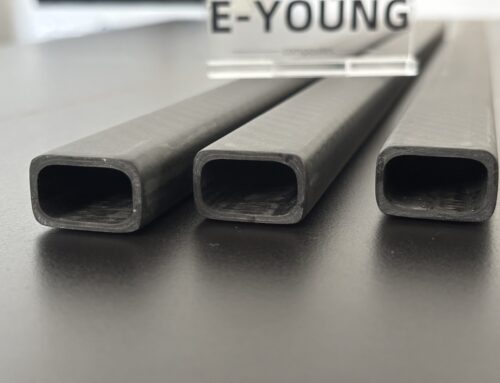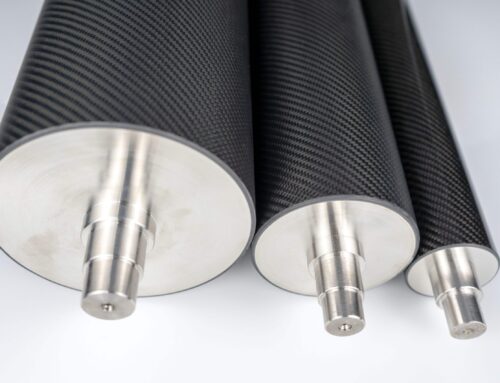Carbon Fiber Sandwich Panels: Core Comparison & Applications

Carbon fiber sandwich panels are revolutionizing industries with their lightweight strength, durability, and versatility. By combining carbon fiber skins with specialized core materials, these panels deliver exceptional performance in aerospace, automotive, marine, and construction applications. Choosing the right core is critical to optimizing properties like stiffness, thermal resistance, and cost-efficiency. Below, we compare five popular core materials for carbon fiber sandwich panels and guide you toward the best fit for your needs.
Why Choose Carbon Fiber Sandwich Panels?
- Lightweight Design: Ideal for fuel-efficient vehicles and aerospace components.
- High Stiffness: Resists deformation under heavy loads.
- Corrosion Resistance: Performs well in harsh environments.
- Customizability: Cores can be tailored for thermal, acoustic, or structural needs.
1. PVC/PMI Foam Core
High Temperature Resistance: PMI foam withstands up to 180°C, perfect for autoclave processes.
Low Density: Achieves superior stiffness-to-weight ratios (80–200 kg/m³).
Moisture Resistance: Closed-cell structure prevents water absorption.
Applications: Aircraft interiors, race car bodies, wind turbine blades.
2. Aluminum Honeycomb Core
Advantages:
Extreme Compression Strength: Ideal for heavy-load structures.
Fire Resistance: Suitable for high-temperature environments.
Limitations: Poor sound absorption, higher weight vs. foam cores.
Applications: Aircraft wings, satellite components, high-speed train panels.
3. Aramid Paper Honeycomb Core
Advantages:
Superior Sound Absorption: Honeycomb structure dampens vibrations and noise.
Impact Resistance: Outperforms metal cores in dynamic loads.
Limitations: Requires sealing for moisture protection.
Applications: Helicopter rotors, acoustic panels, sports equipment.
4. PP Honeycomb Core
Advantages:
Cost-Effective: 50–70% cheaper than aluminum cores.
Easy Fabrication: Compatible with complex shapes.
Limitations: Low heat resistance (<80°C).
Applications: Packaging, exhibition boards, temporary structures.
5. Wood Core (Birch/Balsa)
Advantages:
Sustainability: Renewable and biodegradable.
High Natural Strength: Balsa offers excellent stiffness at low density.
Limitations: Poor moisture resistance, limited lifespan.
Applications: Prototyping, furniture, short-term architectural projects.
How to Select the Right Core for Carbon Fiber Sandwich Panels
Your choice depends on three factors:
Performance Needs: Prioritize strength, weight, or thermal/acoustic properties.
Environmental Conditions: Consider humidity, temperature, and exposure to chemicals.
Budget: Balance upfront costs with long-term durability.
Quick Guide:
Aerospace/High-Temp: PVC/PMI Foam or Aluminum Honeycomb.
Noise-Sensitive Areas: Aramid Paper Honeycomb.
Cost-Driven Projects: PP Honeycomb or Wood Core.






